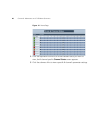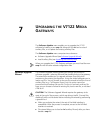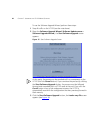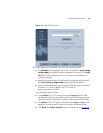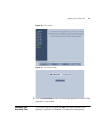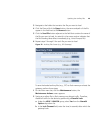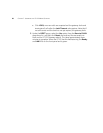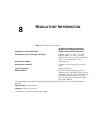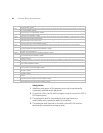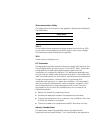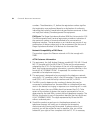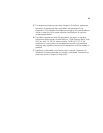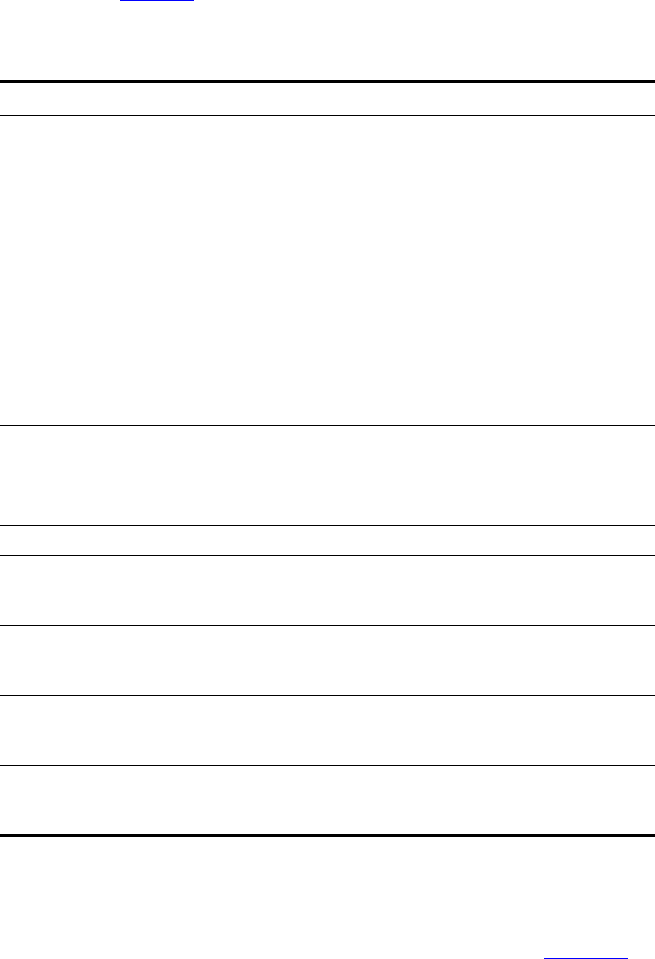
48 CHAPTER 7: UPGRADING THE V7122 MEDIA GATEWAYS
provisioning. Table 13 presents a brief description of the ini file and the
auxiliary files.
To load an auxiliary file via the Embedded Web Server, perform these
steps:
1 Open the Auxiliary Files screen (Software Update menu > Load
Auxiliary Files); the Auxiliary Files screen is displayed (see
Figure 22).
2 Click the Browse button corresponding to the type of file you want to
load.
Table 13 ini and Auxiliary Files Descriptions
File Type Description
ini Load this file to provision the V7122 parameters. The
Embedded Web Server enables practically full device
provisioning but customers may occasionally require new
feature configuration parameters in which case this file is
loaded.
Note that loading the ini file only provisions parameters that
are contained in the ini file. If a parameter is not specified in
the ini file, values associated with that parameter are reset to
a default value. These values may not be the same as the
values that were configured for the VoIP gateway at the time
of manufacture.
Note: After the file has completed loading, the VoIP
gateway automatically restarts (software is loaded from the
flash).
CAS (Only applicable for digital interfaces.) Up to eight different
CAS files containing specific CAS protocol definitions.
These files are provided to support various types of CAS
signaling.
Dial Plan The Dial Plan file.
Voice Prompts The voice announcement file contains a set of Voice Prompts
to be played by the V7122 during operation on Call Agent
request.
Call Progress Tones This is a region-specific, telephone exchange-dependent file
that contains the Call Progress Tones levels and frequencies
that the VoIP gateway uses. Default CPT file: U.S.A.
Prerecorded Tones The dat PRT file enhances the gateway’s capabilities of
playing a wide range of telephone exchange tones that
cannot be defined in the Call Progress Tones file.
User Information The User Information file maps PBX extensions to IP
numbers. This file can be used to represent PBX extensions as
IP phones in the global ‘IP world’.



